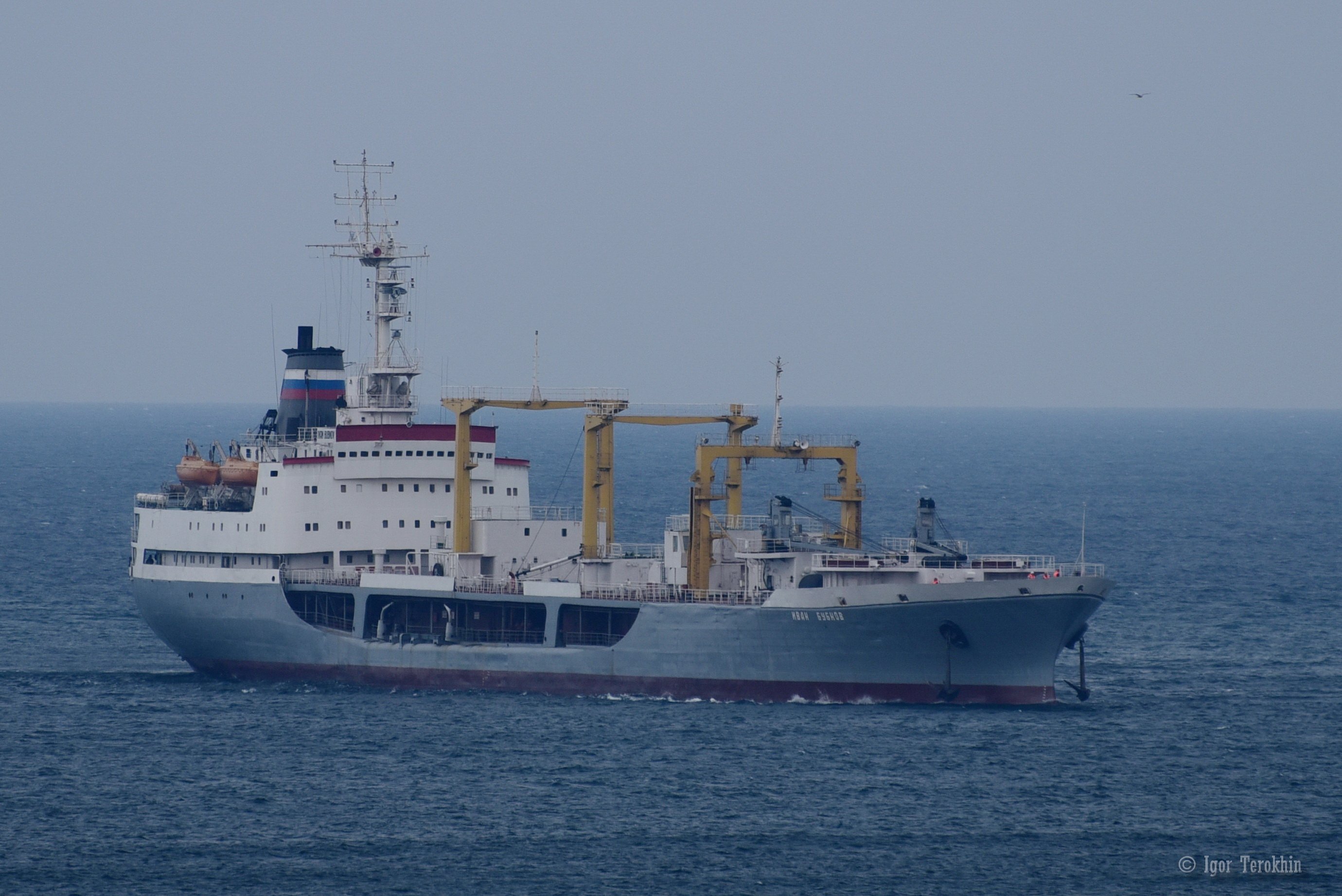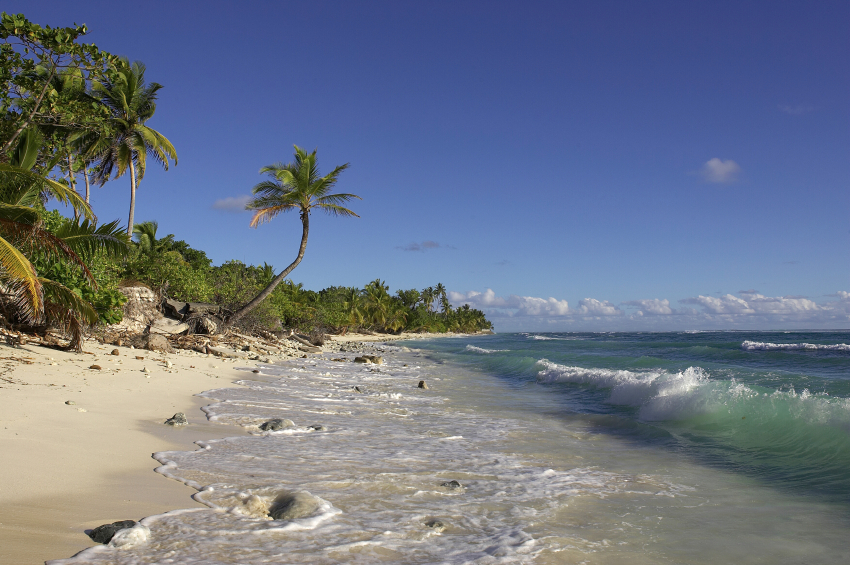Alex
Kingdom of Greece
- Apr 16, 2019
- 4,922

Kilo-class Submarine Leaving Nigeria |
Operation: Lezviye Russo-Chinese Conflict Classified & Encrypted |
| Operation Information |
|---|
As of October 2000, the nations of the Russian Empire and the State of Japan had entered a military alliance where various bases across Okinawa would become accessible to Russian forces. With the situation with China escalating, the Russian government had tasked the Atlantic Fleet to depart from its Nigeria port and sail to White Beach Naval Base. All vessels would be fully fueled, fully supplied, and fully armed and would depart immediately, gathering at JJ just south of their port in Nigeria. They would follow the path of JJ > JI > JH > JG > JF > KF > LG > MH > NI > NJ > OJ > OK > PL to Japan and reach the nation in roughly 13 days. |
| Deployed Forces |
|---|
Severomorsk Naval Base 2nd Surface Ship Division HIMS Vice Admiral Kulakov (Udaloy II-class Destroyer) x300 Sailors x12 Pilots x1 Twin 130mm AK-130 Naval Gun x304 Rounds x2 Quadruple Anti-Ship Missile Launchers x8 P-270 '3M80MVE' Moskit Cruise Missiles x8 Octuple VLS Cells x64 SA-N-9 'Gauntlet' 9M330 Missiles x2 Kashtan CIWS x6,000 Rounds x2 Quadruple 553mm Torpedo Tubes x8 SS-N-16 'Stallion' Anti-Submarine Missiles x2 Udav-1 Anti-Submarine System x40 111SG Depth-Charge Rockets x40 111SZ Mine-Laying Rockets x40 111SO Decoy Rockets x2 Kamov Ka-27PL Anti-Submarine Helicopters HIMS Vice Admiral Kulakov (Udaloy II-class Destroyer) x300 Sailors x12 Pilots x1 Twin 130mm AK-130 Naval Gun x304 Rounds x2 Quadruple Anti-Ship Missile Launchers x8 P-270 '3M80MVE' Moskit Cruise Missiles x8 Octuple VLS Cells x64 SA-N-9 'Gauntlet' 9M330 Missiles x2 Kashtan CIWS x6,000 Rounds x2 Quadruple 553mm Torpedo Tubes x8 SS-N-16 'Stallion' Anti-Submarine Missiles x2 Udav-1 Anti-Submarine System x40 111SG Depth-Charge Rockets x40 111SZ Mine-Laying Rockets x40 111SO Decoy Rockets x2 Kamov Ka-27PL Anti-Submarine Helicopters Polyarny Naval Base4th Submarine Division HIMS Yaroslavl (Kilo-class Submarine) x52 Submariners x6 533mm Torpedo Tubes x9 VA-111 Shkval Supercavitating Torpedoes x9 Type 53-65 Torpedoes x8 Strela-2 Man-Portable Air Defense System x16 Strela-2 Missiles 1st Special Purpose Division Intelligence Collection Squadron HIMS Kurily (Vishnya-class Intelligence Ship) x146 Sailors x2 AK-630 CIWS x6,000 Rounds x2 Twin SA-N-8 Gremlin Air Defense Missile Systems x8 9M36 Missiles Logistics Squadron HIMS Boris Chilikin (Boris Chilikin-class Fleet Oiler) x93 Sailors x2 57mm AK-725 Naval Guns x608 Rounds x2 AK-630 CIWS x6,000 Rounds |




